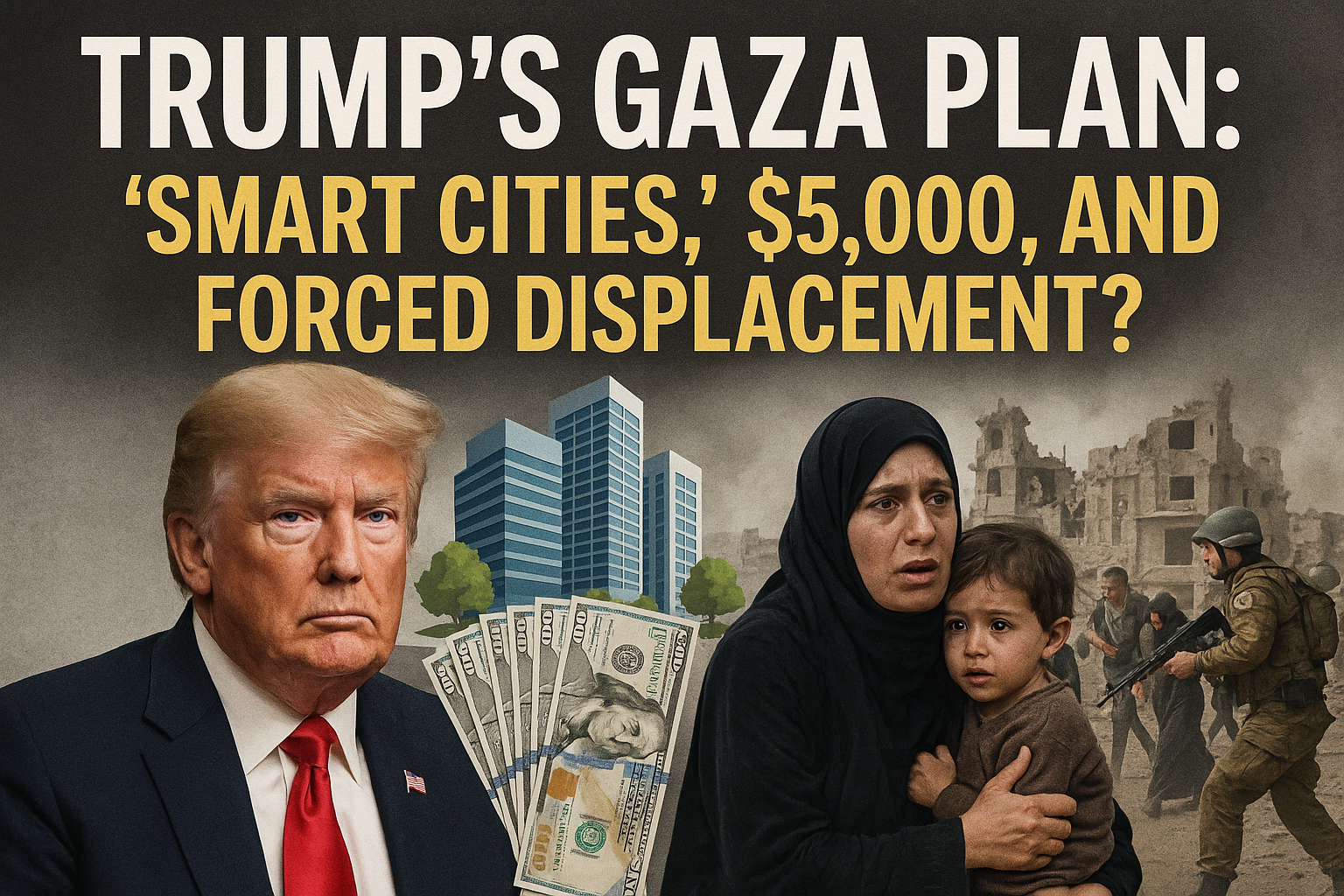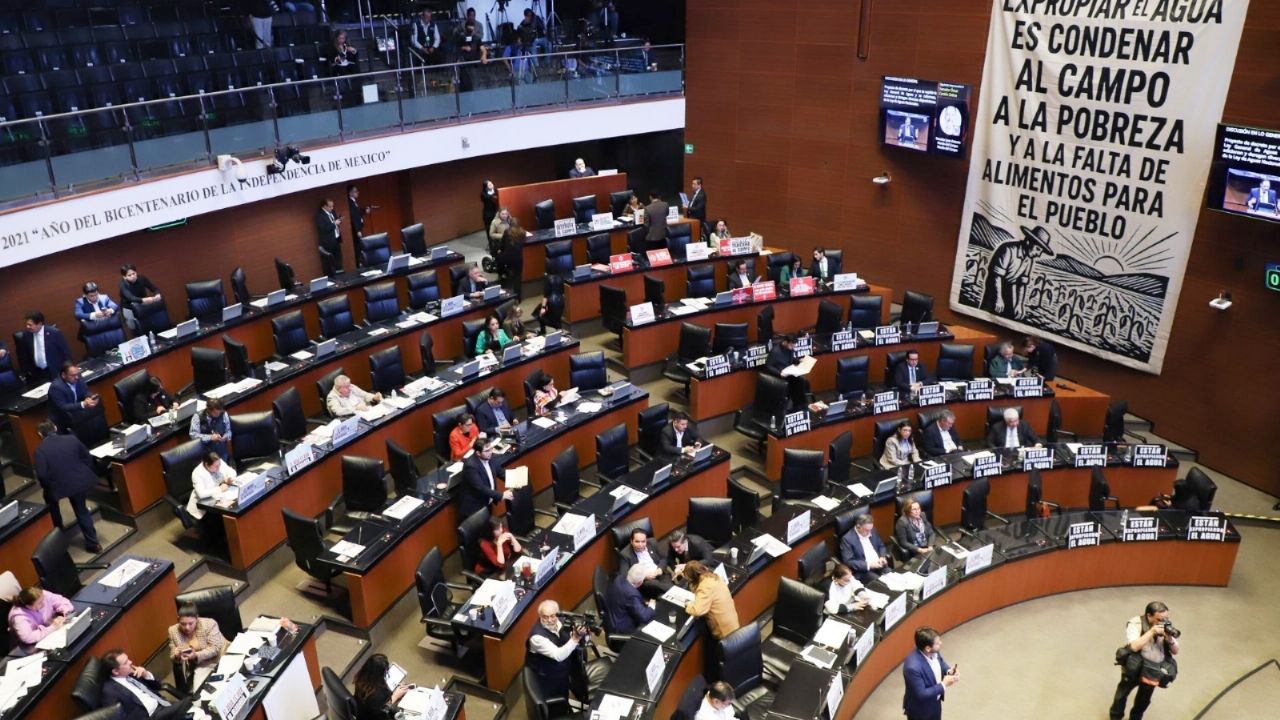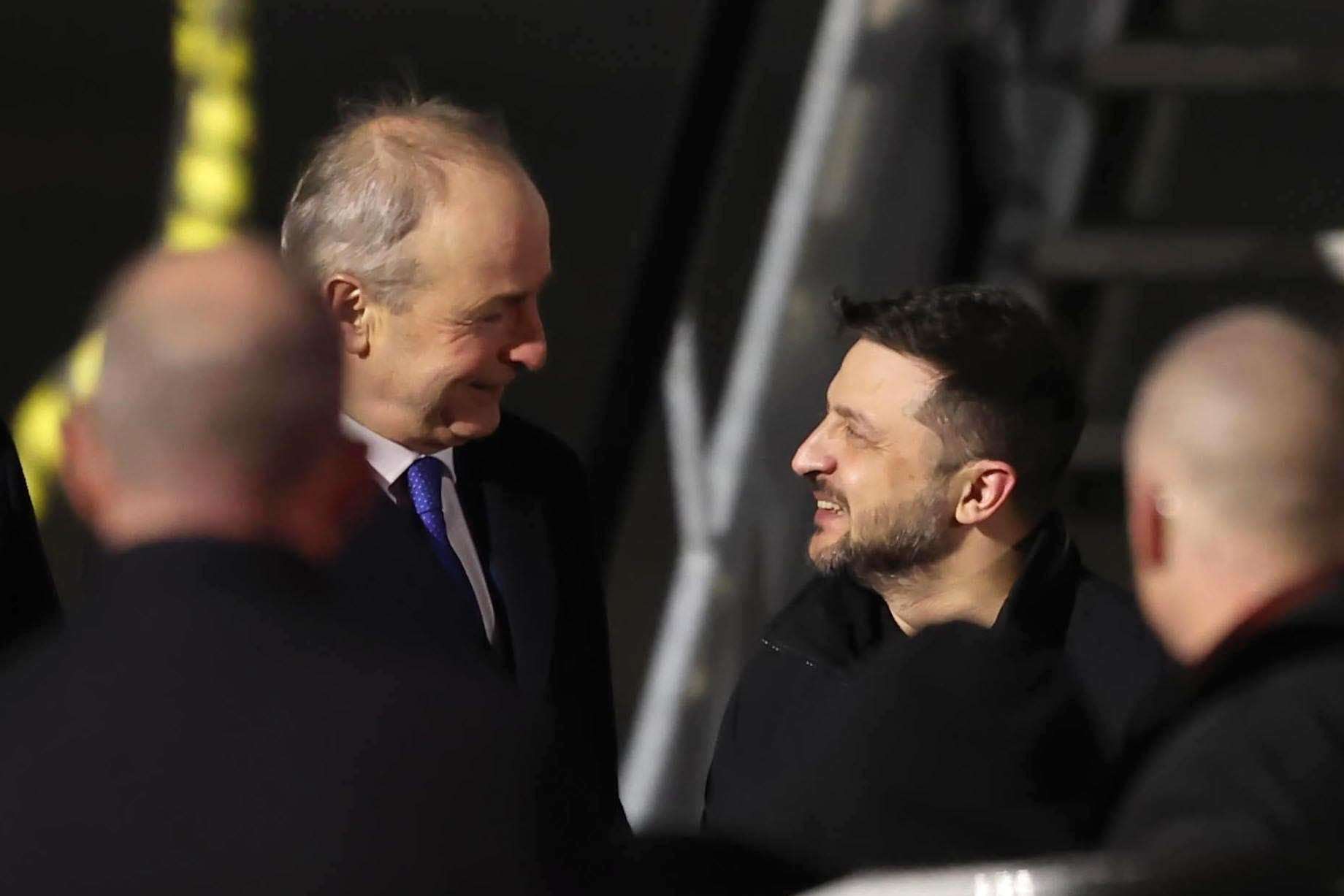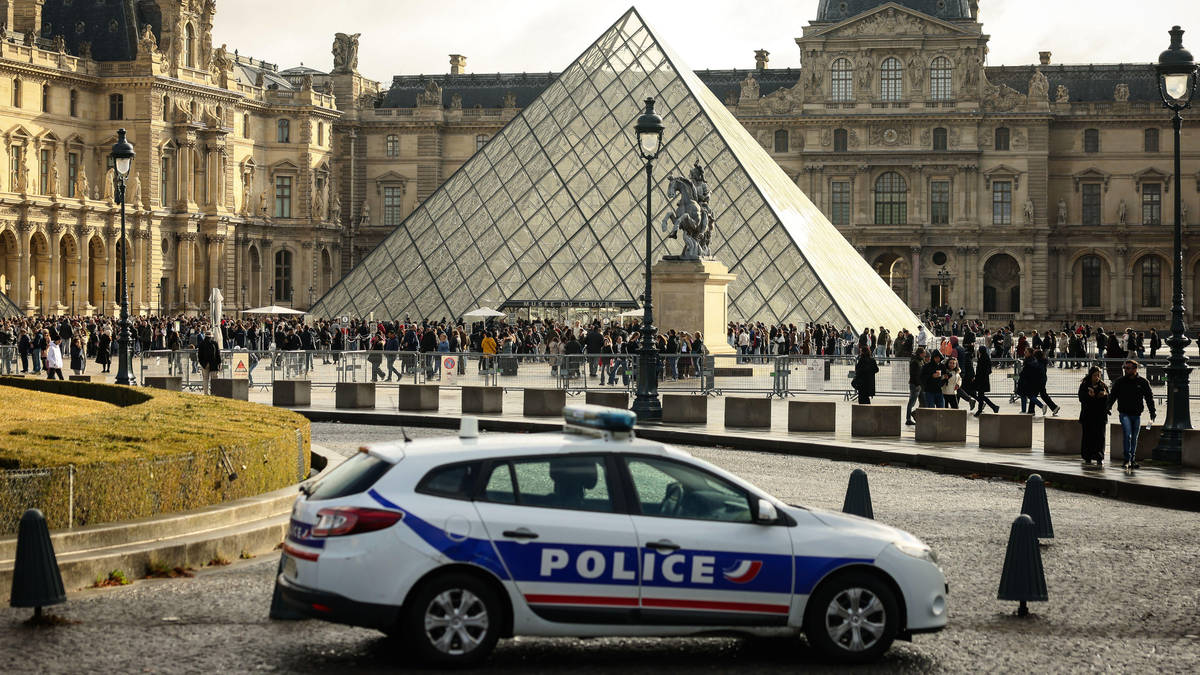Uncategorized
“Is Trump’s $5K Gaza ‘Smart City’ Plan a Cover for Displacement? Experts Weigh In.”

Ireland
Watchdog brings forward deadline for car finance companies to deal with complaints – The Irish News

The UK’s financial watchdog said car finance companies should start handling complaints two months earlier than initially planned as they finalize a compensation plan for those affected by the mis-selling saga.
The Financial Conduct Authority (FCA) will lift the pause on handling certain car finance complaints on May 31, rather than the July 31 deadline it previously proposed.
Firms should already be investigating complaints, but have not needed to respond to them since the FCA suspended the process in January 2024.
The goal was to avoid disorder and inconsistency while developing plans for an industry-wide compensation system.


We are lifting the pause on the processing of automobile financing complaints on May 31, 2026 instead of July 31, 2026 as initially consulted. This reflects our commitment to ensuring consumers receive fair and timely results.https://t.co/Y9CfLUWzGA#MotorFinance pic.twitter.com/1zGx6zKdhG
– Financial Conduct Authority (@TheFCA) December 3, 2025
“It is likely that we will implement a system and complaints that fall under it will be dealt with under specific rules, which will include time limits for their processing,” the FCA said in an update on Wednesday.
The proposed scheme will compensate motorists who were unfairly sold a car loan between 2007 and 2024 because they were not properly informed of the commission paid to brokers, including car dealers.
The regulator’s plans, which are expected to allow around 14 million transactions eligible for compensation, have encountered significant resistance from lenders.
Consultations are currently underway on the details of the project, which is expected to launch early next year.
The FCA said ending its pause on handling complaints two months earlier than planned would give firms enough time to be ready to respond.
It expects the majority of complaints to fall within the scope of its redress system – but businesses will also need to be prepared to respond to those that do not.
Source link
#Watchdog #brings #deadline #car #finance #companies #deal #complaints #Irish #News
Humor & Entertainment
Meghan Markle launches £9 Christmas chocolate bars

The Duchess of Sussex has launched a range of Christmas candy bars priced at £8.99 each, the day after her festive Netflix special was ridiculed by critics.
The Duchess of Sussex has revealed a collection of Christmas candy bars – just one day after the launch of her much-criticised festive show on Netflix.
Meghan’s limited edition As Ever “Chocolate Holiday Trio” is marketed as “perfect for Christmas gifts, last minute gifts.”
Each 80g bar is priced at US$12 (£8.99), with purchases limited to two bars per customer, and comes packaged in personalized botanical print packaging.
Critics slammed the Duchess’ Christmas show With Love, Meghan, which launched on Wednesday, with one reviewer calling it “pretty crazy and a bit sad”, while others called it “condescending” and recommended viewers take anti-nausea medication before tuning in.
During the show, Meghan gives festive tips, such as allowing Christmas tree decorations to “find their light”, demonstrates how Advent calendars work and encourages people to make “every day” of December memorable.
The new chocolate selection incorporates Meghan’s “beloved signature ingredients,” like raspberry jam and flower sprinkles, to “spark a bit of sweet nostalgia,” according to the company.
The trio of flavors includes dark chocolate made with raspberry jam and sea salt, white chocolate paired with flower chips and hemp hearts, and milk chocolate featuring shortbread cookies and bee pollen.
The white chocolate variety is billed as “as seen on With Love, Meghan.”
Meghan frequently uses flower sprinkles, which retail through As Ever for US$15 (£11.23), and hemp seed hearts throughout the first two sets of her program.
Labeled as “curated by Meghan and made by Compartes chocolatier and tastemaker Jonathan Grahm”, As Ever refers to the confection as “the most coveted set of the season”.
Source link
#Meghan #Markle #launches #Christmas #chocolate #bars
United States
LeBron James’ 19-year double-digit scoring streak ends – VIDEO

LeBron James’ remarkable streak of consecutive double-digit games ended after nearly 19 years. The Los Angeles Lakers star finished with eight points in a 123-120 win over the Toronto Raptors on Thursday, ending his streak at 1,297 consecutive regular-season games.
The last time James scored fewer than 10 points was January 5, 2007. Since then, he has produced one of the longest and most consistent scoring streaks in NBA history – a streak that spanned five US presidential administrations and even began before the release of the first iPhone, News.Az reports, citing foreign media.
RUI HACHIMURA FROM THE CORNER FOR THE VICTORY OF LEBRON JAMES DIME!
🚨 @TISSOT BUZZER-BEATER 🚨
Everyone is 24 pic.twitter.com/6J38hGVRYK— NBA (@NBA) December 5, 2025
James had a chance to extend the streak in the final seconds with the score tied at 120. Instead of forcing a shot, he drove into the paint and sent the ball to a wide-open Rui Hachimura, who drained the game-winning three-pointer.
“LeBron is very aware of how many points he has,” Lakers coach JJ Redick said. “But like he did throughout his career, he made the right basketball play. I knew it was right as soon as it left Rui’s hands.”
James showed little concern about the falling record.
“None,” he replied when asked for his reaction. “We won.”
After the buzzer, James celebrated with his teammates, raising his arms in triumph before joining the group around Hachimura.
Redick praised his star’s selfless decision: “The basketball gods – if you do it the right way – tend to reward you.”
James’ streak — the longest in NBA history — easily surpasses second-place Michael Jordan at 866 games. The longest active streak now belongs to Kevin Durant with 267 games.
James shot just 4 of 17 from the field and missed all five of his three-point attempts, but contributed 11 assists and six rebounds. The Lakers improved to 16-5, second in the Western Conference, while playing without Luka Dončić, who is absent from the team for personal reasons.
Reflecting on his decision to pass, James said, “You just have to play the game the right way. That’s how I was taught. There wasn’t even a second of hesitation.”
News.Az
Source link
#LeBron #James #19year #doubledigit #scoring #streak #ends #VIDEO
-

 United States19 hours ago
United States19 hours agoIn an accelerated procedure and without modifications, the Senate approves the minutes of the Water Law
-

 United Kingdom19 hours ago
United Kingdom19 hours agoEdinburgh Airport flights grounded as travelers see plans scuppered due to IT glitches
-

 Ireland19 hours ago
Ireland19 hours agoIrish peacekeepers “realized” after coming under fire in Lebanon
-

 United States19 hours ago
United States19 hours agoLeBron James’ 19-year double-digit scoring streak ends – VIDEO
-

 Ireland19 hours ago
Ireland19 hours agoWatchdog brings forward deadline for car finance companies to deal with complaints – The Irish News
-

 United Kingdom19 hours ago
United Kingdom19 hours agoA region of the UK where house prices are soaring – while prices stagnate elsewhere
-

 News & Knowledge / Facts19 hours ago
News & Knowledge / Facts19 hours ago3.3 million retirement savers facing salary sacrifice changes
-

 Middle East17 hours ago
Middle East17 hours agoIn Gaza Beauty expert’s lost dream









